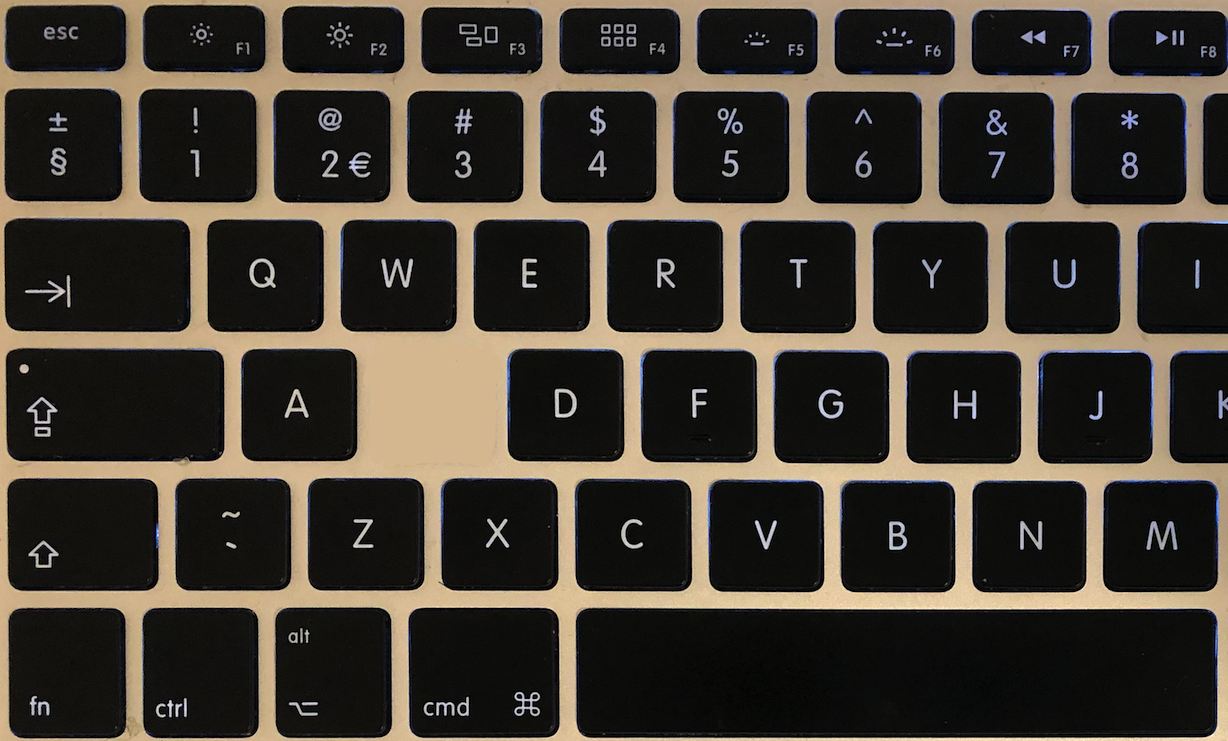
It used to bother me when students of mine would say they studied “communications” when they were studying communication. That term — “communications” — invoked feelings similar to that of nails scratching on the chalkboard. After escaping academia, I still hear and see this misusage all the time but I try to let it bother me less. An average person using everyday parlance probably isn’t paying much attention to the distinction, frankly. People just seem to use “communications” and “communication” interchangeably.
I get it.
But there is a difference.
These two terms are not interchangeable.
The evidence of incorrect usage is there if you look closely. There are plenty of examples. Journalists frequently refer to professors from the “Department of Communications” and college sports broadcasts often call a student-athletes’s major “communications,” when sometimes it is and usually it isn’t. I’ve seen university websites refer to their own “Communications” departments when there was no such thing. A few Google searches would return more misuses of “communications” for “communication” than anyone would ever care to read.
The synonymous usage of communication and communications grates on me. You've probably never noticed it but it is a critical difference to understand. There are vast layers underneath that s that contain the magic of communication.
That little thing matters.
Communications — with the s — implies a few different things. It can mean messages moving from here to there. Signals, or packets of structured information, traveling from A to B. Communications move.
Communications can mean infrastructure or equipment that conducts the transmission as in “wireless communications,” communications towers, or fiber optic cables.
Communications plural, also often refers to professionalized versions of communication: messaging and awareness campaigns, strategic assemblages, and distributions of tactics and coordinated messages complete with deployment schedules. Programs and campaigns that companies pay a lot of money for.
Some people, and this blows my mind, refer to the act of talking with other people as “communications.” They might say, “We had communications with them,” when they mean, “We had a conversation,” or “I sent a couple of emails.” This sounds quite strange to my ear, but people say this all the time.
The distinction between communications and communication isn’t always an easy one, but it is an important one to be able to make.
Using the term communications when you mean communication results in reductive blindness. What I mean is that the term communications results in a focus on messages moving from here to there or the infrastructure that allows information to move around at such a rapid pace. Yes, sending messages is part of communication, but the idea of ‘communications’ captures nowhere near the depth and complexity of communication. Communications — the term nor the idea — does not account for the complexities of human interaction.
Communication is more than communication.
Communication, without the s, implies a process — how messages are received and interpreted, the forming of relationships. Communication is the interactive process — the dynamics and depth of human meaning-making — built on top of those messages going from here to there. Communication is what we engage in with other people. This is what I am after.
Communication isn’t something we achieve necessarily. It is not practical to think about communication as a thing that has or has not occurred. Communication isn’t an on/off switch. Communication is a process that we do. We communicate or we are communicating and communication is what results from those processes we engage in (“We communicated.”).
We do communication and communication results from our interactions.
There is way more possibility here than there is in thinking only of messages flying around or wireless signals.
Does this small linguistic difference matter? Yes. Using “communication” or “communications” shapes what you’re talking about. Your concept of communication is highly consequential for you and your relationships. You can’t dive deep into communication and figure out your communication problems if you’re just thinking about it as messages getting from here to there or signal transmissions.
Most of the time, people are talking about communication and should probably use that term, but I’m no language prescriptivist. If you’re talking about messages zipping around, keep the s. No problem. But know that messages arriving (or not) is only the starting point for actually communicating.
By conceiving of communication only of messages (communications), we fall into traps. We trick ourselves into thinking that our message got across, so communication occurred. We think that if our meaning arrives intact at its destination, we’ve succeeded. Or, if our intended meaning isn’t what was interpreted, we’ve failed. Or worse yet, we think that once we’ve said what we wanted to say, communication is over — when it has only just begun.
The communication rabbit hole unlocks the possibilities and the power of communication if you accept that communication is always more than just messages moving from here to there. Thinking about communication, rather than communications, leads to much more interesting questions like What meaning or understanding was created here? What happened in that interaction? How is this relationship going? How could that conversation have gone better?
There are countless valuable questions to ask yourself about your relationships and how we communicate. Talking about communication in the right way is a great first step.
Communication is something we do. Communications are things we send. Get beyond messages and see the beautiful mystery!